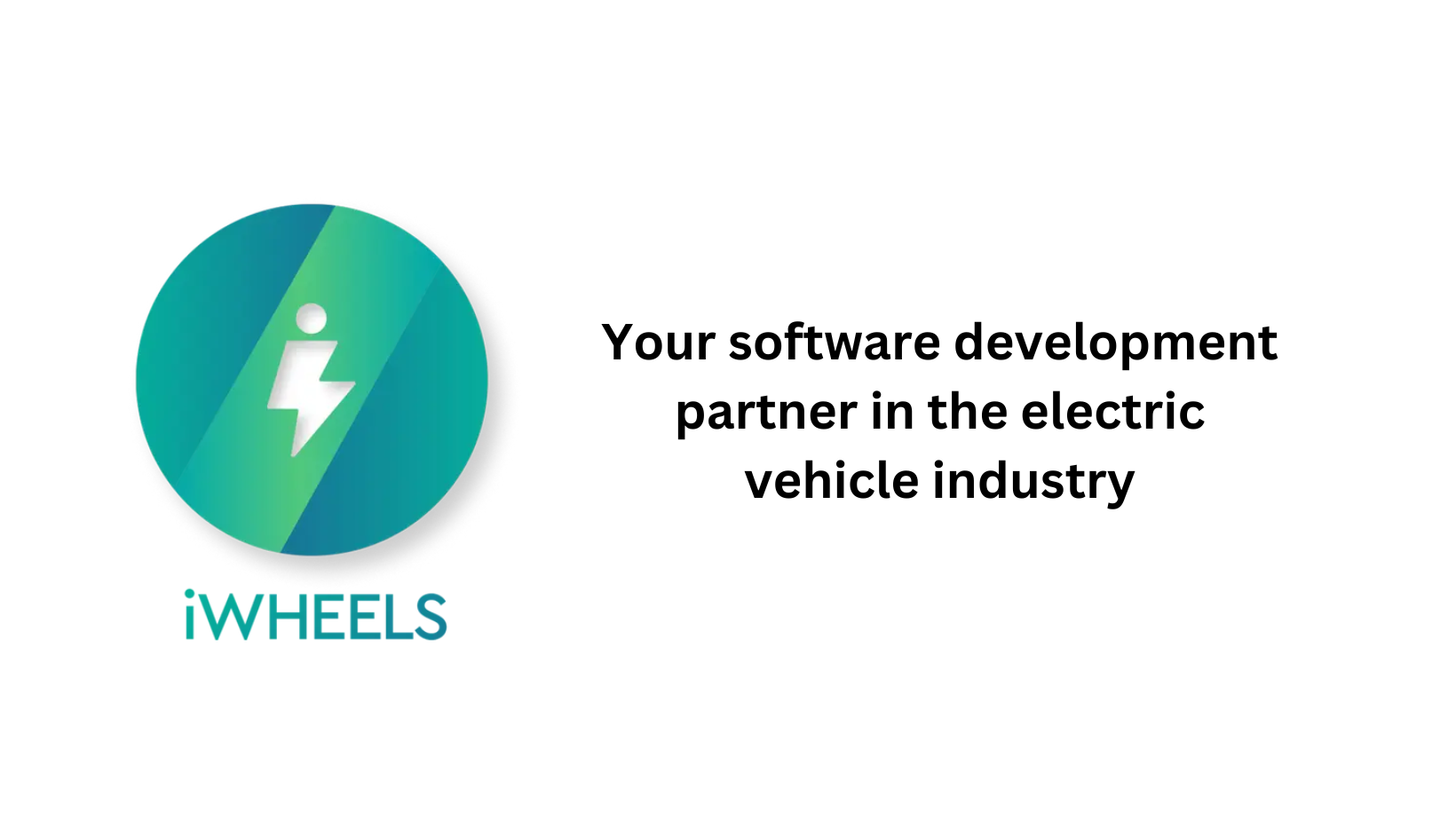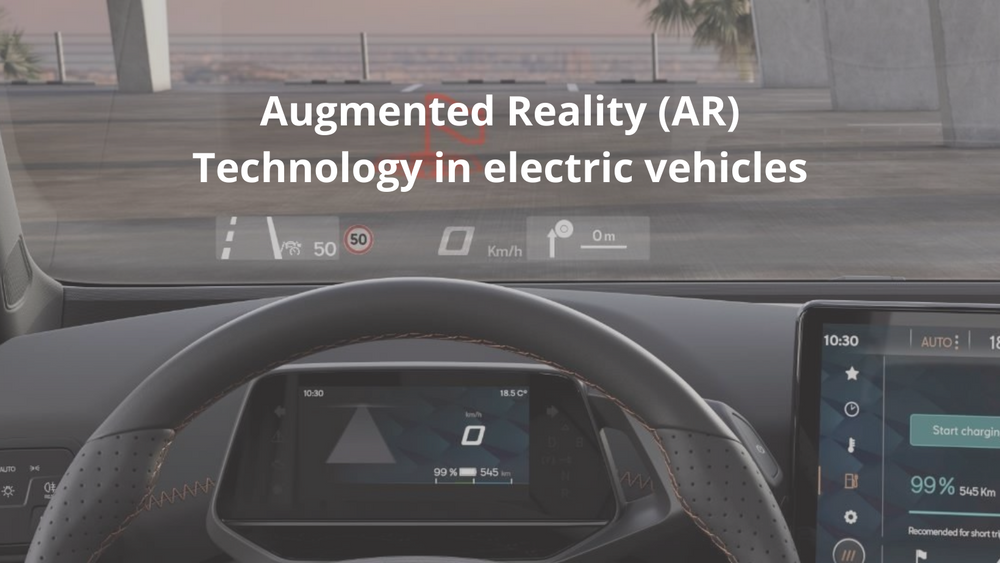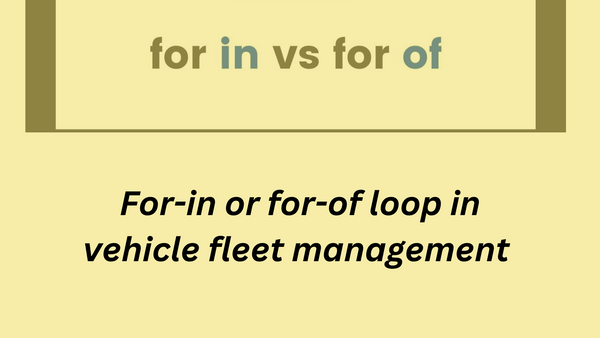Augmented Reality (AR) Technology in electric vehicles
Hello People. This article is about the use of Augmented Reality (AR) Technology in electric vehicles. Thanks to rapid development of EVs and autonomous driving vehicles, there has been a rise in demand from both automobile companies and consumers for holographic AR technology applications.
AR heads up display technology is one of the technical solutions capable of offering an interactive experience for multiple forms of information delivery. AR is currently capable of displaying the likes of the speedometer, land guidance and directions.

AR navigation screen would be capable of displaying navigational instructions and information over objects in real time through the live camera view within the dashboard. Turn instructions, street names and building addresses are just some of the mapping features that display to the driver as they roll on by. These nuggets of information live track the terrain as the car passes, meaning they appear to hover over the locations no matter how fast or slow the car is moving. The technology adapts to the speed and distance of the car comparative to the object.
Are you looking to start your business in the electric vehicle industry? We provide software development, web application development, mobile application development, charging stations management app, electric vehicle fleet management software development, cyber security and all software services. Please check our home page here https://iwheels.co/

Ok. Let's get back to the article.
AR advertising in cars could look like, promoting movies, displaying your balance as you drive past the bank, or even pinpointing some shoes a passer-by is wearing and creating a virtual advertisement right on your windscreen. According to Ruby Garage, what makes AR advertising so appealing to the view is the emotional connection being able to almost see and feel the object. It's also more cost effective than traditional print advertising.
Parking assistance using AR is the most taken up and implemented use of AR currently used in cars today. Many vehicles now come with a rear-view camera as standard. When parking, an augmented field is projected on to the parking space behind the car. The camera from which the AR is generated shows projector and distancing lines, giving the driver a better perception of where they are compared to other cars, and if their car will fit in to the parking space or not.
AR technology Safety features include a lane keeping assist, obstacle warning and pedestrian detection. Weather alerts could be added to warning drivers of a potential downpour or thunderstorm, along with proximity sensors to make the driver aware of how close other cars are in their surroundings. They can therefore take measures to avoid the approaching hazard if needed.
Use of AR in Product Development
AR helps automotive engineers to combine reality with digital content to design new products. AR also helps engineers to repair existing models, not just design new ones. Mercedes Engineers now use AR to provide technical support to drivers, offering remote assistance in real time. As engineers design new car engines, AR allows them to see how new parts will fit into existing designs. This saves them time and lowers development costs.
VR and AR in Electric Vehicle Manufacturing
Electric vehicle manufacturers now use VR to reconfigure and optimize assembly lines. It allows them to construct a virtual assembly line and perform preliminary checks on workflows. Due to its immersive nature, VR enables automakers to do this at full-scale. Engineers can walk through the virtual assembly line and check whether everything is okay.
AR, on the other hand, supports manufacturing, inspection, and retrofitting. When engineers can see how a car will look in advance, they know what they need to change to make it better. Ford now uses a virtual assembly line to create an immersive environment for car designers, researchers, and engineers.
AR also improves manufacturing and inspection on the factory floor. It helps designers match different design components to physical car models. Vehicle technicians and engineers can inspect cars using AR glasses and receive instructions without getting distracted.
Hope this article on Augmented Reality (AR) Technology in electric vehicles is useful to you. To read about jobs in the Electric Vehicle Industry, please visit Job opportunities in Electric Vehicle Sector and its Charging Infrastructure industry




